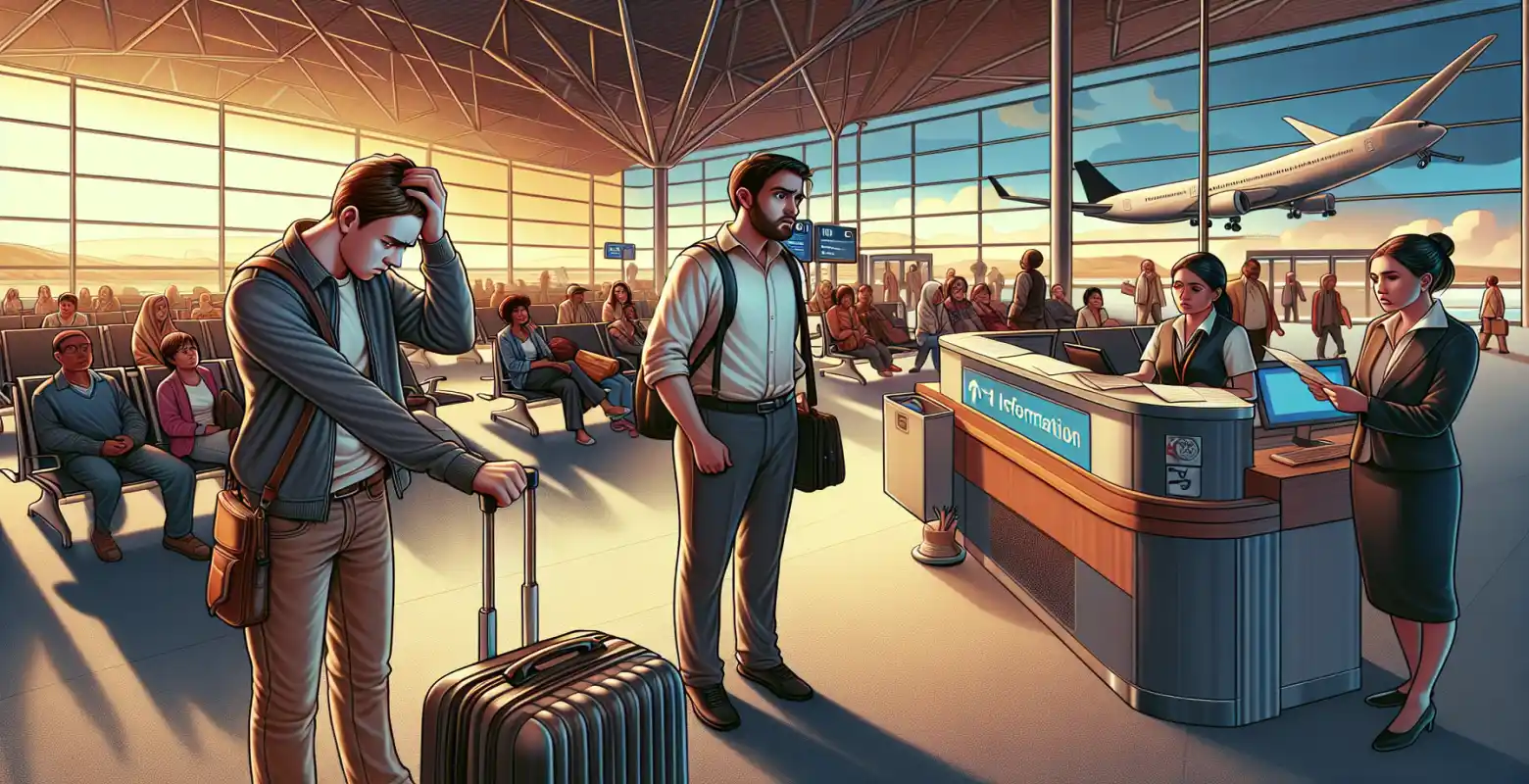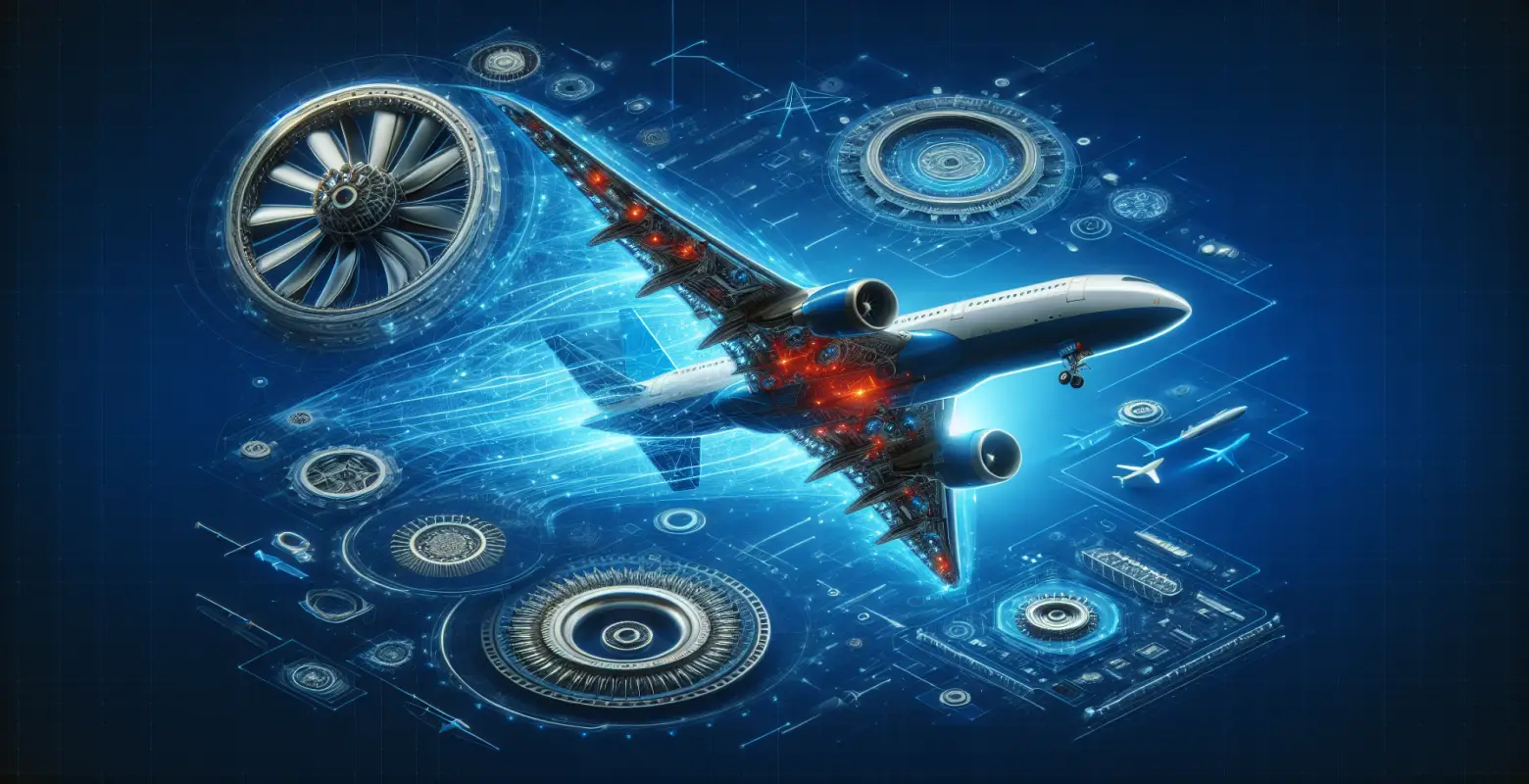Regulations regarding private aviation - what is worth knowing?
Introduction
Private aviation is gaining popularity as an alternative to traditional commercial travel. More and more individuals and companies are opting to invest in private aircraft, which offer independence, comfort, and flexibility. However, despite its growing popularity, private aviation is an area that requires compliance with a range of legal regulations. In this article, we will look at the key legal aspects related to private aviation that are worth knowing before deciding to purchase or rent a private aircraft. Understanding these regulations is crucial for the safe and lawful operation of aircraft.
Basic Legal Regulations
The regulations concerning private aviation are complex and encompass both national and international regulations. In Europe, the main regulatory body is the European Aviation Safety Agency (EASA), which sets safety and certification standards for aircraft and their operators. At the national level, each jurisdiction has its own regulations, which may vary slightly.
A basic requirement for private aviation operators is to have the appropriate pilot license, which varies depending on the type of aircraft and the range of flights. Additionally, each aircraft must undergo regular technical inspections and must be insured in accordance with applicable standards.
Pilot Licensing
One of the key aspects of private aviation is pilot licensing. Depending on the type of operation, the licensing requirements may vary. In Poland, the basic license is the Tourist Pilot License (PPL), which allows for piloting single-engine non-commercial flights.
For more advanced operations, such as multi-engine flights or flights over longer distances, additional qualifications and certificates are required, such as the Commercial Pilot License (CPL) or Airline Transport Pilot License (ATPL). In addition, pilots must regularly participate in refresher training to maintain their qualifications.
Aircraft Regulations
Every aircraft used in private aviation must meet specific technical and safety requirements. These regulations include regular technical inspections, which must be carried out by certified technical service centers. Aircraft must also be equipped with appropriate navigation and communication systems in accordance with international standards.
Another important aspect is aircraft registration. Each aircraft must be registered with the appropriate civil aviation authority, which involves fulfilling a number of formalities and providing necessary documents, such as conformity certificates and insurance.
Flight Safety
Flight safety is a priority in private aviation. It encompasses both the technical safety of the aircraft and operational safety. Private aviation operators must adhere to safety procedures developed by EASA and national aviation agencies. Regular safety training is mandatory for both pilots and crew members.
In addition, before each flight, a thorough risk analysis and a check of weather conditions that may affect the safety of the operation are required. All these measures aim to minimize the risk of accidents and aviation incidents.
Airport Regulations
Private aviation often utilizes smaller airports that offer greater operational flexibility. However, using such airports requires compliance with local regulations and rules. Many airports require advance booking of slots and adherence to specified operating hours.
Additionally, some airports may have specific noise requirements that must be taken into account when planning flights. Operators must also be familiar with ground handling procedures, such as refueling, parking, and technical services.
Challenges and Benefits of Private Aviation
Private aviation offers many benefits, such as flexibility in travel planning, comfort, and time savings. However, it also comes with a number of challenges. One of the main challenges is the high costs associated with purchasing and maintaining an aircraft, as well as operational support.
Another significant challenge is the changing regulations, which may impact the way aircraft are operated. Operators must stay up to date with new legal requirements to avoid penalties and legal issues.
The Future of Private Aviation
The future of private aviation looks promising, with many new technologies and trends that could revolutionize the sector. One key trend is the development of electric aircraft, which could significantly reduce operational costs and environmental impact.
Additionally, the development of autonomous technologies may in the future enable the introduction of unmanned aircraft in private aviation, bringing further changes to regulations. With technological advancements, there is increasing emphasis on sustainable development and reducing CO2 emissions, which may influence future aviation regulations.
Summary
Private aviation is a dynamically evolving sector that offers many opportunities but also requires compliance with rigorous regulations. Understanding the basic legal and technical principles is crucial for the safe and efficient operation of private aircraft. Operators must stay up to date with current regulations to fully benefit from the advantages of private aviation without exposing themselves to legal risks.
Private aviation has a promising future, thanks to technological innovations and growing demand. However, sustainable development and operational safety will be key aspects that will influence future regulations in this sector. For those interested in investing in private aviation, it is important to be aware of both the challenges and opportunities that this dynamic market presents.






Number of comments: 0